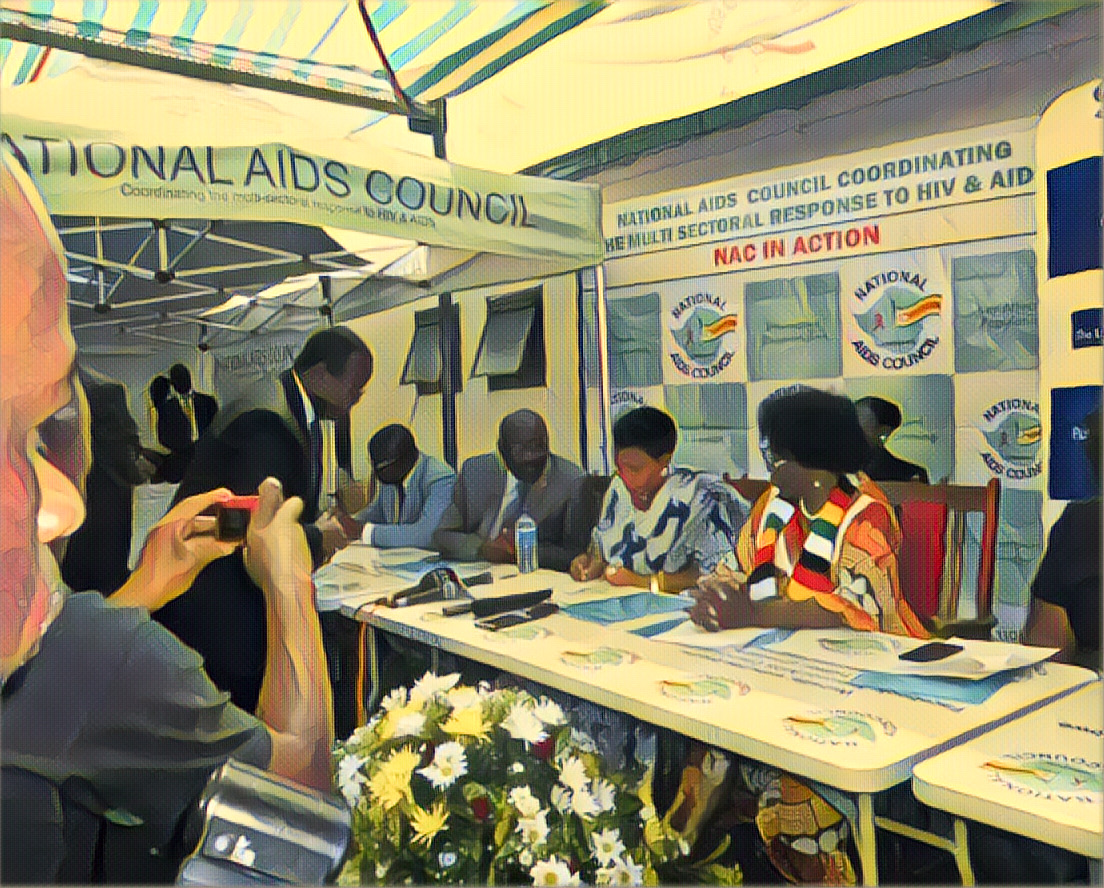The National AIDS Council (NAC) of Zimbabwe expressed concerns over the gender disparity in HIV rates. While the nation’s overall prevalence stands at 11.1%, it rises to 16% in women and dips to 10.5% for men.
Speaking at Zimbabwe’s Mini Biomedical HIV Prevention Forum organized by the Community Working Group on Health (CWGH), NAC’s Chief Executive, Bernard Madzima, emphasized the substantial progress Zimbabwe has made regarding HIV and Aids. However, he noted the country’s continued struggle with the disease.
Approximately 1.3 million Zimbabweans are living with HIV. Disturbingly, the country registers higher infection rates, especially among young women aged 15 to 29. Data from 2022 showed that females within the 15 to 29 age bracket and girls aged between 15 and 19 experienced an HIV incidence rate that was 7.3 times higher than their male peers.
According to a report by Newsday Zimbabwe, Madzima called for comprehensive strategies to combat these alarming statistics, pointing out that the problem extends beyond healthcare. “We must tackle the societal challenges young women encounter,” he urged.
Shedding light on the global perspective, Madzima highlighted that annually, around 1.4 million women living with HIV become pregnant worldwide, and Zimbabwean women are part of this statistic. Without proper intervention, these women face a 15 to 45% risk of passing HIV to their offspring during various stages such as pregnancy, labor, delivery, or breastfeeding.
“It’s alarming that Zimbabwe is among the 22 nations, 21 of which are in Africa, accounting for over 90% of pregnant women with HIV globally,” Madzima remarked. This statistic elucidates why 75,000 Zimbabwean children aged 0–14 live with HIV, with mother-to-child transmission causing over 90% of these cases.
In light of these challenges, Madzima confirmed the country’s commitment to eradicating new HIV infections by amplifying effective preventive programs. “With our 2022 estimates indicating that we’ve met the 95-95-95 targets for adults, standing at 97-98-95, we now need to turn our attention to our children, who lag behind at 65-100-86,” he said.
To achieve these ambitious targets, Zimbabwe has rolled out novel testing techniques in health centers. These include client-initiated testing, provider-initiated testing, couple testing, index testing, HIV self-testing, and recency testing. These measures were instrumental in enabling Zimbabwe to meet the first 95 global HIV targets by the end of 2022.


